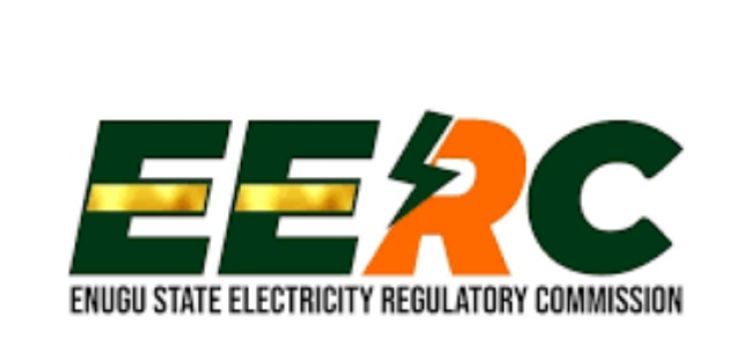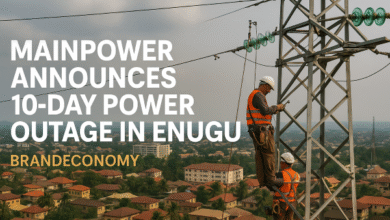Enugu Slashes Band A Power Tariff to ₦160/kWh, Freezes Rates for Other Bands

In a surprising regulatory move that signals the growing autonomy of state-run electricity markets in Nigeria, the Enugu State Electricity Regulatory Commission (EERC) has officially slashed the Band A electricity tariff from ₦209/kWh to ₦160/kWh, effective August 1, 2025.
The decision, issued under Order No. EERC/2025/003, applies to MainPower Electricity Distribution Limited — the new utility company that replaced the Enugu Electricity Distribution Company (EEDC) — and represents a significant shift toward cost-reflective yet consumer-sensitive pricing in Nigeria’s newly decentralized power market.
EERC has also frozen tariffs for Bands B, C, D, and E, signaling a consumer-focused strategy designed to cushion rate shocks and maintain affordability while aligning with the Federal Government’s electricity generation subsidies.
A Cost-Reflective but Subsidy-Backed Model
According to EERC Chairman, Chijioke Okonkwo, the new Band A rate of ₦160/kWh is based on a detailed cost review using the commission’s 2024 Tariff Methodology Regulations and a Distribution Tariff Model, which pegged the average market-reflective tariff at ₦94/kWh.
“We arrived at the ₦160 Band A tariff after accounting for the federal subsidy, which covers about ₦67 of the actual generation cost,” Okonkwo explained.
Without the subsidy, the actual generation cost would have reached ₦112/kWh. The regulator believes the Band A rate will enable MainPower to manage price stability, especially as subsidy reforms loom.
Okonkwo warned, however, that if federal subsidies are withdrawn, tariffs could be revised upward. Until then, he insisted, Enugu residents — especially Band A customers — should benefit from the current rate cut.
Electricity Reform at the Subnational Level: Enugu Leads the Way
This action is backed by the Enugu State Electricity Law 2023, which was signed by Governor Peter Mbah following the passage of the Electricity Act 2023, which repealed the Electric Power Sector Reform Act of 2005. Together, these legal frameworks empower states to regulate electricity generation, transmission, and distribution within their borders, making Enugu a pioneer in Nigeria’s evolving electricity decentralization landscape.
The law allows for the separation of distribution and supply operations, enabling more competitive and efficient electricity markets at the state level.
“This is not just a tariff adjustment. It’s the operationalization of state electricity autonomy. Enugu is now a functional subnational electricity market,” Okonkwo added.
Performance-Based Oversight and Compliance Enforcement
EERC’s Order goes beyond pricing. It introduces strict service-level benchmarks and accountability mechanisms for MainPower, particularly on Band A feeders — which are expected to deliver a minimum of 20 hours of electricity per day.
Key compliance directives include:
- Daily public reporting (by 9am) of the rolling seven-day average supply on all Band A feeders.
- Mandatory reporting to EERC if Band A supply drops below committed levels for two consecutive days.
- Automatic feeder downgrades if performance lapses persist for seven days.
These measures ensure that Enugu consumers only pay premium tariffs if they receive premium service.
BRANDECONOMY INSIGHT: Enugu’s Tariff Policy Sets a New Benchmark
The Enugu tariff review is not just a regulatory update — it’s a market-defining moment that showcases the potential of state-led energy governance in Nigeria. With the Federal Government gradually stepping back from centralized control, Enugu is leading by example in balancing cost recovery with consumer protection.
For investors and developers, this signals new opportunities in localized power markets, where transparency, enforceability, and pricing discipline are increasingly possible.
Bottom Line:
Enugu’s decision to reduce Band A tariffs while freezing others, backed by real-time monitoring and service guarantees, marks a milestone in Nigeria’s subnational electricity revolution. If successfully implemented, this model could become the template for state-led power sector reform nationwide — where tariffs reflect true costs, and service delivery earns the right to higher pricing.











